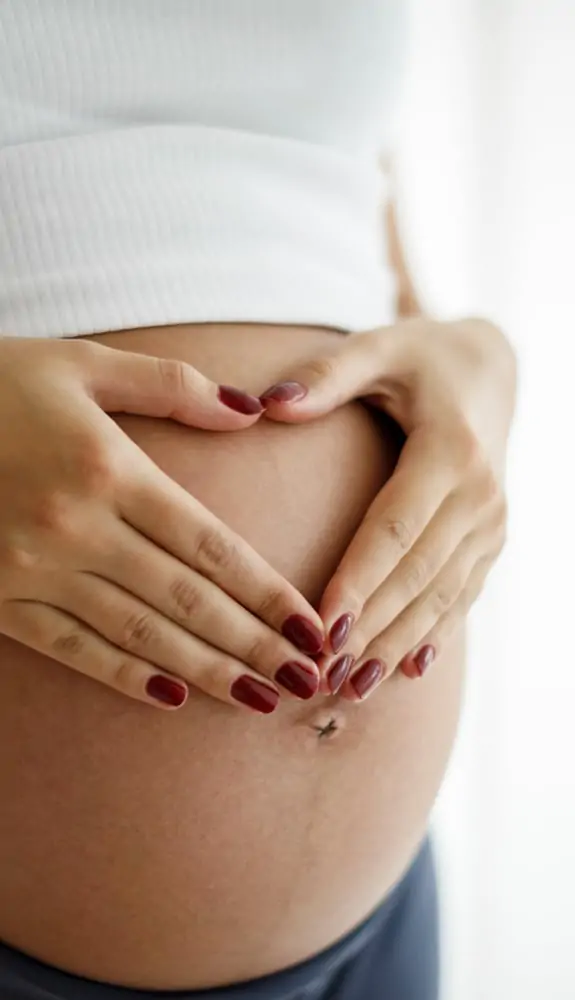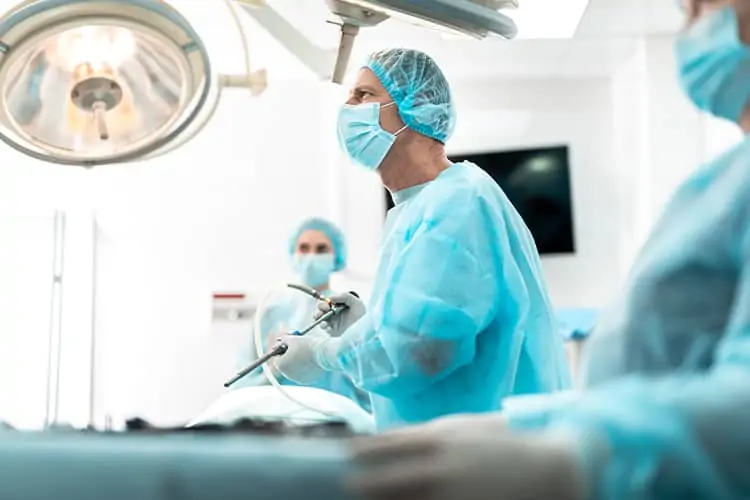What is a Congenital Uterine Anomaly?
Congenital uterine anomalies (CUA) are abnormalities of the reproductive organs that occur during the development of a baby in a mother’s womb. Women are therefore born with this disorder.
The reproductive organs in female babies are formed whilst in their mother’s womb, by the fusion of two structures called Müllerian ducts. When this fusion does not occur correctly, it can lead to a variety of abnormalities ranging from minor defects that have little significance for the future, to a baby being born with two separate halves of the womb.
Why Do Congenital Uterine Anomalies Occur?
There are no specific reasons as to why CUA occurs. However, it is thought that certain genes may be partly responsible for increasing the chances of CUA. Therefore, sometimes this can be hereditary (passed on from the parents).
Since development of CUA happens before birth, it is impossible to stop or prevent this from occurring. The most common type of CUA is a septate uterus, comprising of more than half of all recorded cases of CUA. This is described in more detail below.

How do Women Know They Have a CUA?
Most women with CUA are asymptomatic with the exception of those where the vagina is also affected, this is discussed in more detail below.
CUA may present in young women with some of the following symptoms:
- Never having periods
- Pain in the lower tummy or pain during intercourse
- Painful periods
Additionally, CUA may be found incidentally found on a scan done for other reasons, or during investigations for women who present with infertility or miscarriages.
How Can CUA Affect Female Fertility?
It is estimated that less than 5% of all women will have a CUA with over 50% of these CUAs being a septate uterus. However, it is thought up to 7% of woman presenting with infertility and 16% of women who have 3 or more miscarriages have a CUA.
There are several different types of CUA. These range from not having a uterus at all, having half a uterus, having a double uterus or having the inside cavity of the womb divided in half by a band of tissue called a septum. You can read a list of the most common congenital uterine anomalies below:
Unicornuate uterus: This is when there is only half of the uterus with one fallopian tube and one ovary. This type of CUA can increase the risk of an ectopic pregnancy or a miscarriage that occurs later on in pregnancy and can also increase the risk of a baby being born early. There is also some suggestion that having a unicornuate uterus might also affect the chances of getting pregnant.
Uterus didelphys: This is when there are two uteruses (each comprising of half a normal uterus), along with two cervixes (which is the neck of the womb) as well as sometimes two vaginas. Having a uterus didelphys does not affect a woman’s chances of getting pregnant, however if pregnancy does occur, there is a small increased risk of the baby being born early or not turning properly for delivery requiring a caesarean section.
Bicornuate uterus: This is commonly described as a womb that is ‘heart shaped’ instead of ‘pear shaped’. Having a bicornuate uterus does not make you infertile but it can increase the risk of having a miscarriage. It can also increase the risk of a baby being born early as well as increase the chances of needing a caesarean section due to the baby not turning.
Septate uterus: This is when the cavity inside of the uterus is divided by a band of tissue which can be of varying length and thickness. It can extend in size anywhere from only a small portion in the upper womb, all the way down to the neck of the womb (cervix). Depending on the size, fertility can be affected and there is also an increased risk of early miscarriage, the baby being born early and an increased chance of needing a caesarean section due to the baby not turning.
Arcuate uterus: This is when the outside of the womb is normal, but the inside cavity is slightly dented. It is thought this type of CUA has little impact on fertility but there is a slight increased risk of having a late miscarriage as well as an increased chance of needing a caesarean section.


Diagnosing CUA
CUA can be diagnosed through several ways such as during keyhole surgery with a camera looking at the inside of the tummy (a laparoscopy) and a camera through the vagina into the womb (a hysteroscopy), during an MRI looking at the pelvis, but most commonly it is identified during a transvaginal ultrasound.
A 3D transvaginal ultrasound can help further diagnose a CUA and sometimes additional tests such as an MRI or a hysterosalpingogram (a dye test through the cervix and through the tubes) is needed to confirm the diagnosis.
Some types of CUA need additional imaging of the kidneys and ureters (tubes that connect the kidney to the bladder), as frequently when a woman has a CUA she will also have a structural abnormality with these organs too.
How Can Congenital Uterine Anomalies Be Treated?
The only CUA which can be currently treated is a septate uterus. Therefore, surgical treatment in general is not recommended. For some women, surgical treatment for a septate uterus is recommended prior to conceiving or before undergoing IVF, in order to improve fertility and reduce the risk of miscarriages or other pregnancy complications. This type of surgery is most commonly done via the cervix (hysteroscopically), as a day case procedure and is called a “Metroplasty”. Occasionally, a laparoscopy may also be needed as part of the surgery. Your fertility specialist will be best placed to discuss the need and type of surgery.



